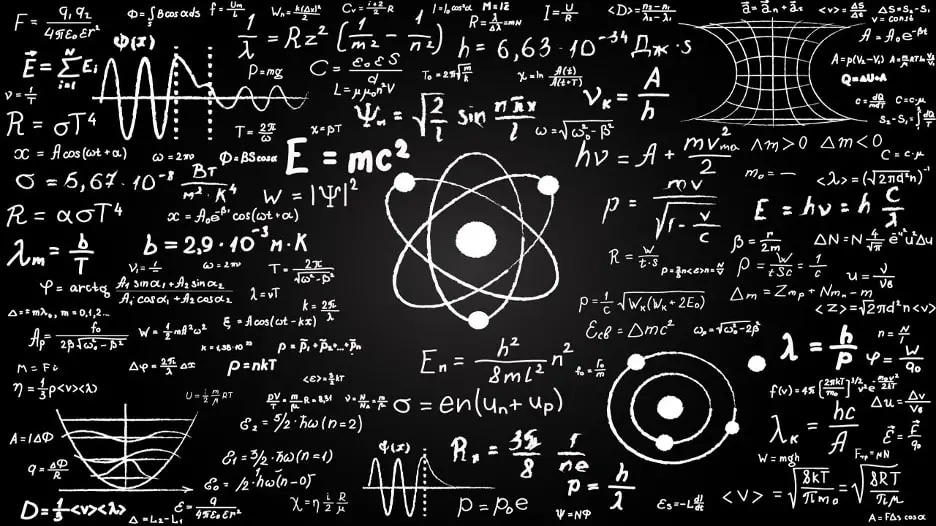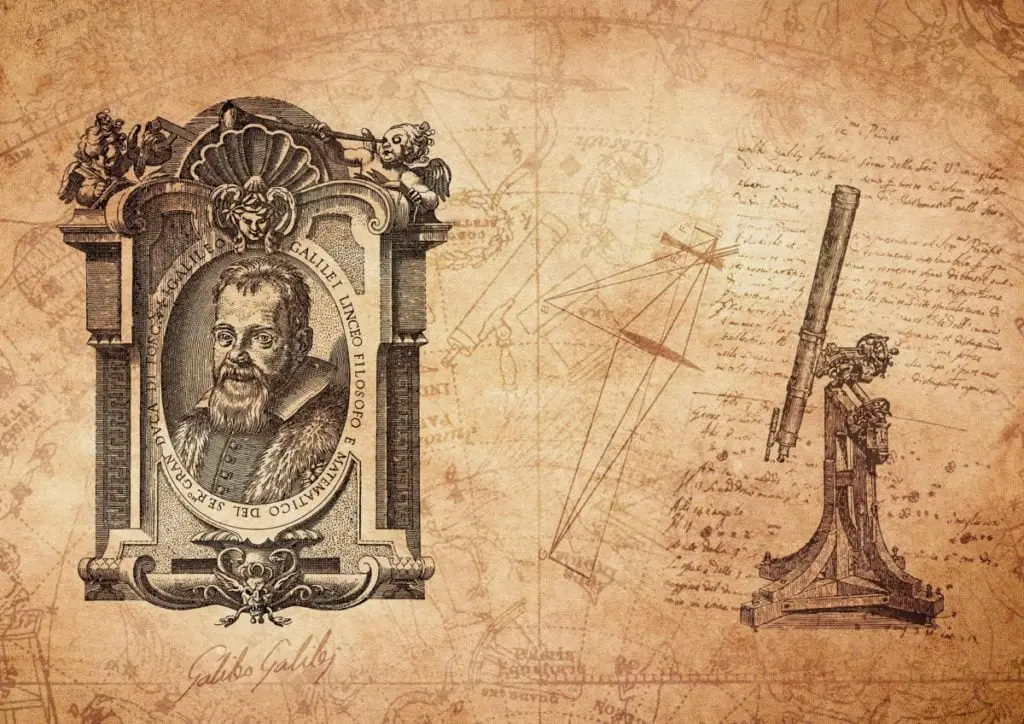
Did you know that time moves slower for a moving clock? Physicists have long predicted a time dilation phenomenon that has only been proven recently by scientific investigation and experiments. This article aims to explain the science behind time relativity and introduce several publications on how time does not move in a linear, non-changeable form.
Time dilation is an effect based on Albert Einstein’s special theory of relativity, published in 1905, which later became the model for describing motion in instances where quantum and gravitational effects are negligible. This theory offers insights to apply for concepts such as time dilation, length contraction, universal speed limit, the Doppler Effect, simultaneity, and mass-energy equivalence.
Einstein’s special theory of relativity was the first to prove that time is relative – meaning that time will appear to move at different rates based on the viewer’s frame of reference. This experience is similar to how a bouncing ball seems to move differently when observed from different perspectives.
Time does not follow a universal rhythm.
The advancement in clock precision has helped scientists tremendously to gain a deeper understanding of the inner workings of the world: the idea that time is not a singular universal experience but varies depending on a clock’s elevation and velocity. This, in turn, has raised many questions that researchers worldwide have tried and are still trying to understand.
What is the Special Theory of Relativity?

The special theory of relativity is only a portion of the broader ‘Theory of Relativity”, in which the famed scientist Albert Einstein discusses two different ideas: Special Relativity and General Relativity.
General relativity attempts to explain the effects of gravity and its relation to the natural world and broader subjects such as cosmology and astrophysics. Special relativity describes how physical phenomena behave in the absence of gravity, focusing on the relationship between space and time.
Special relativity in its basic form hypothesizes the following:
- The laws of physics are rigid or invariant when the frame of reference has no acceleration (inert).
- The speed of light is always constant for an observer regardless of their frame of reference or the motion of the light.
Special relativity was published in 1905 amidst growing unease in the scientific community as a part of the paper ‘On the Electrodynamics of Moving Bodies.’ Such tension grew over the perceived inadequacy of Newtonian physics to reconcile the natural workings of gravity and electromagnetism. Subsequent experiments also invalidated an old hypothesis involving the so-called aluminiferous ether.
Scientists showed time dilation to be true when they proved that the time lapse between two separate events does not stay the same from the observers’ point of view but rather depends on the relative speed of the viewer’s reference frame.
Essentially, we would expect the tick of a moving clock to be slightly longer by a billionth of a second compared to the tick of a clock at rest, and the length of this time-lapse is dependent on the velocity of the clock.
How Does Time Relativity Work?
Time does not follow a universal rhythm. The faster you move a clock, the slower time passes for someone viewing it from a different reference frame (perspective).
Imagine a traveller in a high-speed spacecraft. Although this individual would have no way to determine that time has slowed for them, they would undoubtedly experience time slower than their friends on Earth.
Time relativity, of course, has been a premise for many science fiction films, but it cannot be ignored that the concept itself has been proven and is backed by experimental evidence.
To demonstrate how time dilation works, German physicists used particle accelerators for an experiment that utilizes lithium ions as a clock. The results were subsequently published in the Physical Review Letters.
As part of the experiment, researchers accelerated the lithium ions to create a frequency that served as the ticking of a timepiece. On the other side, they then set lithium ions at rest to see how time would compare against the accelerated ions that moved at a third the speed of light.
As one might expect, time for the accelerated ion clock moved slower than the stationary ion clock.
This study allowed the researchers to measure the time dilation effect more accurately than previous attempts, such as the 2007 study where the GSI Helmholtz Center published results that scored only a fifth of the accuracy of the lithium-ion experiment.
This study also proved far more safe and reliable than attempting to conduct time dilation experiments in orbit as there are considerably fewer extraneous variables to account for.
Is Time an Illusion?

In his book The Order of Time, theoretical physicist Carlo Rovelli argues that time is an illusion because how we experience time does not correspond to the intricacies of science.
As human beings, we go through life in a series of sequential events; we project a sense of past, present, and future. But according to physics, the universe operates on thermodynamics and quantum mechanics, and it is within these laws that the concept of time emerges.
So what does this mean?
Time as we know it is described as the fourth dimension, and Einstein’s theories showed us that time, or what we refer to as ‘now,’ ‘past’ or ‘future,’ are not always well-defined.
The fact that space-time appears malleable – even if by the smallest margin – means that one person can observe two separate events occurring in a different order based on their viewpoint. For someone to watch the same events in another order, they only have to see it from a different frame of reference.
Based on time dilation studies, we can conclude that time does not flow in a constant, objective manner but rather exists as a subjective facet of our universe.
The way humanity perceives time results from our inability to see the world and the universe as a whole in all its glory.
What is Einstein’s Concept of Time?
Einstein’s special relativity proves that a clock moving relative to an observer standing still will tick slower than a clock set in an inertial reference frame. Another term for this effect is ‘special relativistic time dilation.’
Essentially, the faster the speed of the moving clock, the slower time will tick. The difference between one case of time dilation and another is based entirely on the relative velocity of the clock to a stationary observer.
In his theories, Einstein also postulated that the rate of time dilation could approach zero – meaning time would be at a standstill – if the velocity of an object can reach the speed of light. In other words, when contemplating time travel, it is theoretically possible to travel into the future without sacrificing any time if one can sustain a sufficiently high velocity.
For instance, one year of high-speed travel at the standard 1g acceleration should theoretically make it possible for a human to travel the whole universe in a single lifetime.
Our recent experience with time dilation presents only a slight lapse in time on a more practical scale.
For example, astronauts living on the International Space Station orbits Earth at a speed of 4.8 miles per second – a speed that would cause their biological clock to tick only slightly slower. After spending six months in space, these same astronauts would have aged about 0.005 seconds less than those on Earth.
The effects of time dilation are powerful, but the major limiting factor for scientists exploring such possibilities is our severely inadequate understanding of space-time and its related technologies.
We’re still a long way from discovering the potential applications of a flexible time construct to advance the human experience.
Who Predicted Time Relativity?
The special theory of relativity related to time dilation is closely associated with Albert Einstein and his 1905 paper ‘On the Electrodynamics of Moving Objects.’ However, the principle of relativity – which presumes that all physical laws remain constant when the reference frame is inertial – goes back thousands of years to the time of Galileo. It was these earlier hypotheses that later evolved into Newtonian physics.

It wasn’t until the late 19th century when scientists started incorporating electromagnetic waves into their study of the universe. Even then, people still wrongly postulated that the universe formed over a substance named the ether. People believed that this ether served as a medium that held everything in place and facilitated waves and vibrations.
Before Einstein’s theory of relativity, scientists held that the ether was an absolute frame of reference over which one could measure speed. It remained fixed relative to all frames of reference, yet it was malleable enough to support the propagation of electromagnetic waves.
Luckily, various experiments conducted in the years before the publication of the Theory of Relativity indicated that the ether did not exist. These studies eventually led to Einstein’s special theory of relativity and formed the basis of his opposition to the idea of the ether and the state of absolute rest.
Can Time Dilation Affect Space Travel?
Scientists initially hypothesized that humans could not make a one-way trip further than 40 light-years from Earth since most astronauts would ideally be active from 20-60 years of age.
However, taking into account relativity and time dilation, one can theoretically hop aboard a spacecraft and travel thousands or possibly millions of light-years away from Earth if we could build a space vehicle with a constant acceleration of 1g.
While travelling only one year accelerating at a rate of 32.19 ft/s2 (9.805 m/s2) or 1g, this spacecraft would eventually reach speeds exceeding v = 0.77c from Earth’s reference frame. The time dilation effect would also have extended the space traveller’s life span significantly when observed from Earth.
More specifically, if a spacecraft travels at an acceleration of 32.19 ft/s2 for five years on a round trip, 6.5 years would have effectively passed on Earth due to time dilation, with the spacecraft only travelling 6 light-years.
Now, if the astronaut travelled at a speed of 1g for 40 years on a round trip, he would have travelled 55,000 light-years in total, and time on Earth would have exceeded 58,000 years by the time he got back.
What is the Twin Paradox?

The twin paradox is a phenomenon most commonly associated with Einstein’s special theory of relativity. According to this thought experiment, if you had a twin who carried a clock and took off on a spacecraft moving at very high speeds, he/she would find that upon his/her return, a lot more time would have passed from your frame of reference (perspective), or more visibly, that he/she has aged less than you.
This, of course, is just an illustration of what is possible if one were travelling at speeds approaching 186,000 miles per second (which is the speed of light). Still, the thought experiment remains valid as such an experiment would without a doubt result in a time-lapse between the person on Earth and the space traveller.
Based on the law of special relativity and the time dilation effect, any similar effort to record the possibility of a time lapse between an inert clock and a moving one will always have positive results. However, it requires sophisticated equipment to register the time difference when performing these experiments on Earth.
Although, it is possible to observe the effect of time dilation on fast-moving unstable elementary particles in space – some of which move at nearly the speed of light. What happens, as a result, is that their lifetimes extend significantly.
The twin paradox experiment is also confirmed by studies using an atomic clock, one of which is left inert on Earth, and the other flies around the world in an airplane. The result is always a distinct time lapse between the moving and the inert clock.
Scientists have also confirmed that gravity plays a role in the plasticity of time, as predicted by Einstein’s theory of general relativity.
Research on Time Relativity and Quantum Mechanics
The special theory of relativity has been combined with quantum mechanics to create relativistic quantum mechanics and quantum electrodynamics. However, it has been one of the toughest challenges in physics to unify general relativity with quantum mechanics.
To this day, research into quantum gravity and the search for a unified theory that explains all of creation still keeps us on our toes.
In most cases, relativistic research has involved large distances and speed as time oscillations are minuscule and almost impossible to measure. Scientists in the past decade have come up with super-accurate atomic clocks for use on time dilation. This means the scientific community can prove time relativity beyond any doubts, and research can finally evolve to focus on other aspects of relativity.
For example, the NIST group used aluminum ions as clocks and probed the ions using lasers to create staggeringly fast transitions from one quantum form to another, effectively making a frequency that can act as a pendulum. Using this setup, it becomes possible to measure time dilation at speeds exceeding anything we can currently achieve using rockets.
In Closing
Einstein’s work established beyond doubt the relativity of time by showing how one second may be longer or shorter when observed from different frames of reference.
But… What does that mean for humanity?
The study of time dilation does have some practical uses in our world today. For instance, its impact on Global Positioning Systems (GPS) has to be considered because satellites are essentially clocks orbiting the Earth. Any instance of time-lapse has to be accounted for when using them to pinpoint moving objects and locations for navigation.
With our current knowledge, any other significant applications of time dilation are determined by our ability to move “things” faster through space, and we still have some ways to go to make that a reality.
Frequently Asked Questions
1. What is the Relativity of Simultaneity?
To understand simultaneity, think of two separate events occurring simultaneously within the reference frame of one unmoving observer. But these same events may appear to occur non-simultaneously to another observer viewing from a different reference point (perspective), which is why physicists don’t believe in absolute simultaneity.
2. How does the reference frame affect time dilation?
Reference frames (or a person’s observational perspective) are an essential aspect of the relativity theory. Scientists using the relativity theory usually calculate coordinates for an event using several reference frames to create transformation equations. Positions are measured along 3-dimensional spatial axes and time as the fourth dimension.
3. Is time dilation real?
Time dilation, an effect where the time lapse between two events appears relative based on the observer’s point of view, is a concept backed by experimental evidence based on Albert Einstein’s special theory of relativity. One study published in the journal Science by the National Institute of Standards and Technology registered a time-lapse using two high-precision atomic clocks when one clock was elevated at less than 1 foot and set in motion to move at less than 10 m/s.
References
- Special Relativity, Wikipedia, https://en.wikipedia.org/wiki/Special_relativity, Accessed 22/4/2021.
- Time Dilation, Wikipedia, https://en.wikipedia.org/wiki/Time_dilation, Accessed 22/04/2021.
- Theory of Relativity, Wikipedia, https://en.wikipedia.org/wiki/Theory_of_relativity, Accessed 22/04/2021.
- Einstein’s Time Dilation Prediction Verified, Scientific American, https://www.scientificamerican.com/article/einsteins-time-dilation-prediction-verified/, Accessed 22/04/2021.
- The Illusion Of Time, Nature, https://www.nature.com/articles/d41586-018-04558-7, Accessed 22/04/2021.
- Einstein: Time Is Relative To Your Frame Of Reference, American Museum of National History, https://www.amnh.org/exhibitions/einstein/time/a-matter-of-time, Accessed 22/04/2021.
